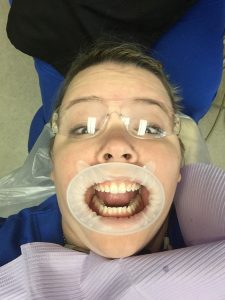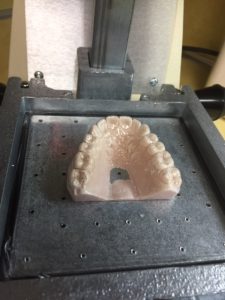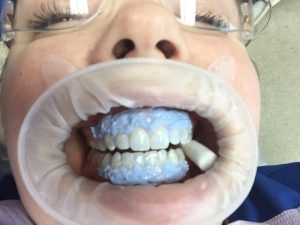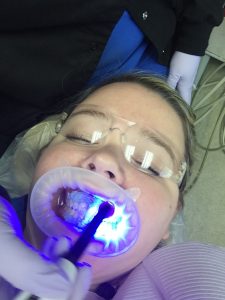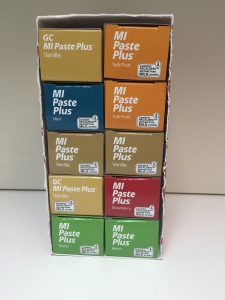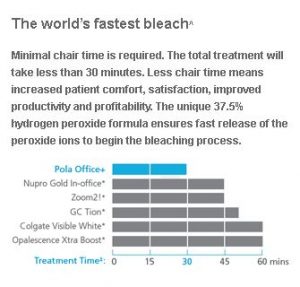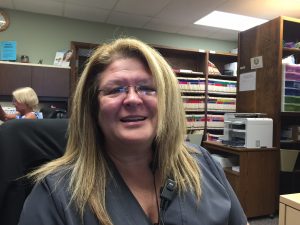
Deneen our Financial Coordinator
In-network vs. out-of-network insurance and patient out-of-pocket fee difference.
This is a frequently asked question that is very important to know the answer.
“In-Network
There is a contract in place between the insurance company and the dental office. This contract states that the dental office agrees to accept the insurance company’s fee schedule and the difference between our office fee schedule and the insurance companies fee schedule is adjusted off of the account. The patient is still responsible for their portion that the insurance company does not cover.
“Out-of-Network”
The dentist office is not in contract with the insurance company and therefore bills the insurance company based on the dental offices’ fee schedule. This means the patient is responsible for the total balance that the insurance does not cover.
Some insurance companies set different parameters for seeing in-network vs. out-of-network providers. Most insurance companies cover the same percentage regardless of where you choose to receive your dental care. Some will not pay anything if you see an out-of-network provider. It is important that you know your dental insurance plan and how it pays!!
There are multiple reasons for a provider to choose to not participate with insurance companies (ie. to become in-network). One of the main reasons is that insurance companies often discount the dentists’ fees so low that the dentist will not be able to afford the very high overhead that comes with running a dental practice. In order to provide our patients with the highest level of care including staying up-to-date with the most researched technology and dental materials, we have chosen to only be in-network with Delta Dental Premier.
Deneen Answers the most frequently asked insurance questions:
1. When does my insurance restart?
Insurances run on a calendar year plan (reset every January 1st) or a fiscal year plan (reset a certain month every year, for example, your plan may run May 1-April 30) This is an important thing to know about your dental insurance coverage because this is when your benefits reset back to the maximum amount allowed for the year.
2.What is my deductible?
Most plans do have an individual deductible and if it is a family plan it may also have a family deductible. Most deductibles apply to Basic and Major services only and once the deductible has been met insurance covers a percentage of the charge.
Example; 250.00 total charge
-50.00 deductible has been met previously
200.00 X 80%( percentage ins cover for a basic procedure)
160.00 estimated insurance coverage
40.00 patient’s estimated portion
3. What is my estimated portion?
We estimate our insurance coverages based on the percentages that your insurance often pays. Always remember that these numbers are only estimates. We cannot fully know what your insurance will pay until after the claim has been filed, paid, and we receive the E.O.B from the insurance company. If you have paid your “estimated” portion and insurance did not cover as much as had been estimated, you may be billed the additional amount.
4.What is a waiting Period?
If you are new subscriber to an insurance company always check to see if they have any waiting periods on any covered services (example-Preventative, Basic or Major). This is very important because if they do have a waiting period you will NOT be eligible for any services in that particular category until the waiting period has been met. If you have any procedures done that are listed under the waiting period, you will be responsible for the total amount charged.
5. What does Code Specific Plan Mean?
If you have a “Code Specific” plan you are only eligible for the codes listed on your insurance plan information. If you have a procedure done and it is not a code that is covered, you will be responsible for the amount charged.
6. What is my calendar year max?
All plans have a calendar year max. The calendar year max is usually per person and once the deductible has been met it covers a percentage of Basic and Majors procedures until the max has been reached. Once the max has been reached it will be out of pocket. Keep in mind, that the calendar year maximums for most dental insurance companies are $1000 or $1500. This number hasn’t increased since the 80s!
7. What is a Fee Plan?
If you have a Fee plan it only covers a flat mount of a procedure and the patient is responsible for the difference. At our office, because these plans are very hard to estimate, we require the patient to pay upfront and then file the insurance claim to reimburse the patient.
8. Can I see the provider of Choice or am I restricted to my plan?
You can call your plan and ask them if “You can see the provider of your choice or are you restricted to your plan?’ If you are restricted by your plan you need to find out who is on their list of providers so that you can utilize your insurance to the fullest. This means that you are required to see a provider that is on their list and if you choose not to then you may be responsible for a higher portion.
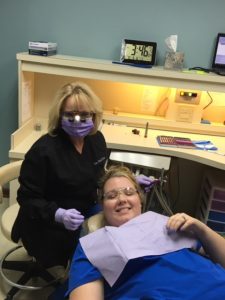
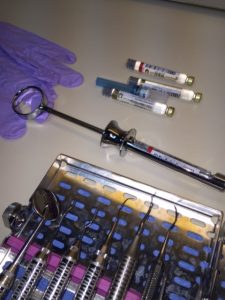
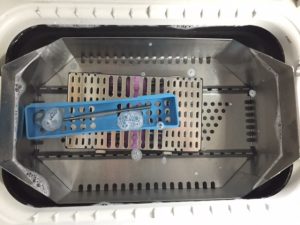
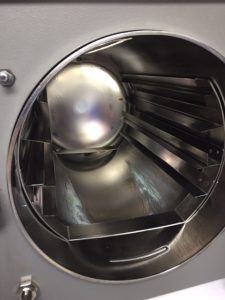
 We are super excited to now offer in-office whitening!
We are super excited to now offer in-office whitening! 